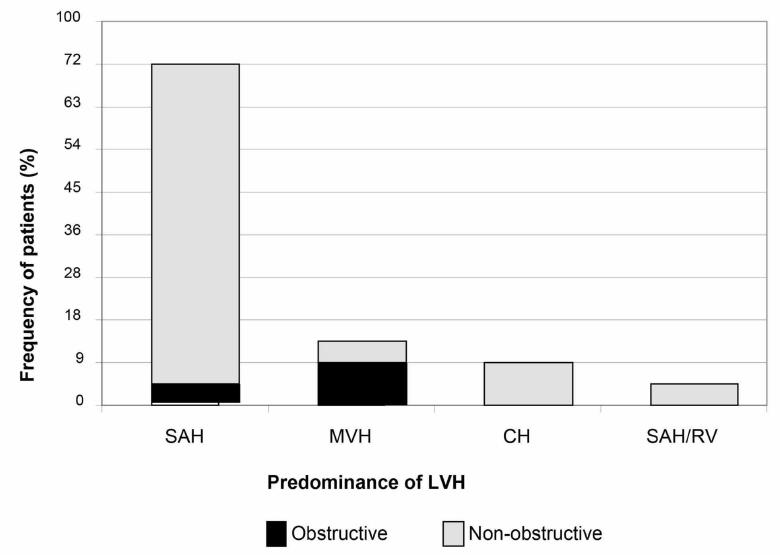Chaves-Markman A, et al. Cureus. January 01, 2020. 12(1): e6530.
Chaves-Markman A, et al., conducted a study to estimate the correlation between the presence of late potentials and a family history of sudden death, syncope, and complex ventricular arrhythmias on patients with hypertrophic cardiomyopathy (HCM).
A demonstrated series of cases was conducted from March 2001 to December 2002 at the Federal University of Pernambuco Clinics Hospital (HC/UFPE). Information was obtained from medical documentation which includes a family background of HCM and sudden mortality, syncopal episode, 24-h Holter, and high-resolution electrocardiography findings. Approximately 22 participants were included in the final analysis. Their ages varied from 7 to 54 years (mean: 25.6 ± 14.7 years), and 55% (n = 12) were women.
It was observed that asymmetric septal hypertrophy was the most common type found in 73% participants, 63% participants showed a significant familial history of hypertrophic cardiomyopathy, 55% showed sudden cardiac death, and 23% showed syncope. Additionally, complex ventricular arrhythmias were observed in 14% participants and late potentials in 23% participants. The accordance between late potentials and complex ventricular arrhythmia was observed in only one patient, with no statistical correlation (p = 1.00). Figure 1 summarizes the echocardiographic findings.

Figure 1: Patients’ echocardiographic characteristics SAH: septal asymmetrical hypertrophy; MVH: medium-ventricular hypertrophy; CH: concentric hypertrophy; SAH/RV: septal asymmetrical hypertrophy + right ventricular hypertrophy
Thus, as reported by this study, the aspect of late potentials was not correlated with familial history of sudden death, syncope, and complex ventricular arrhythmias. Familial history of sudden death was present in maximum participants, which is consistent with the review report, whereas complex ventricular arrhythmias and syncope were only found in lesser participants. Echocardiography finding showed that the asymmetric septal hypertrophy was the most popular variable, and the non-obstructive type was the hemodynamic pattern highly observed.

